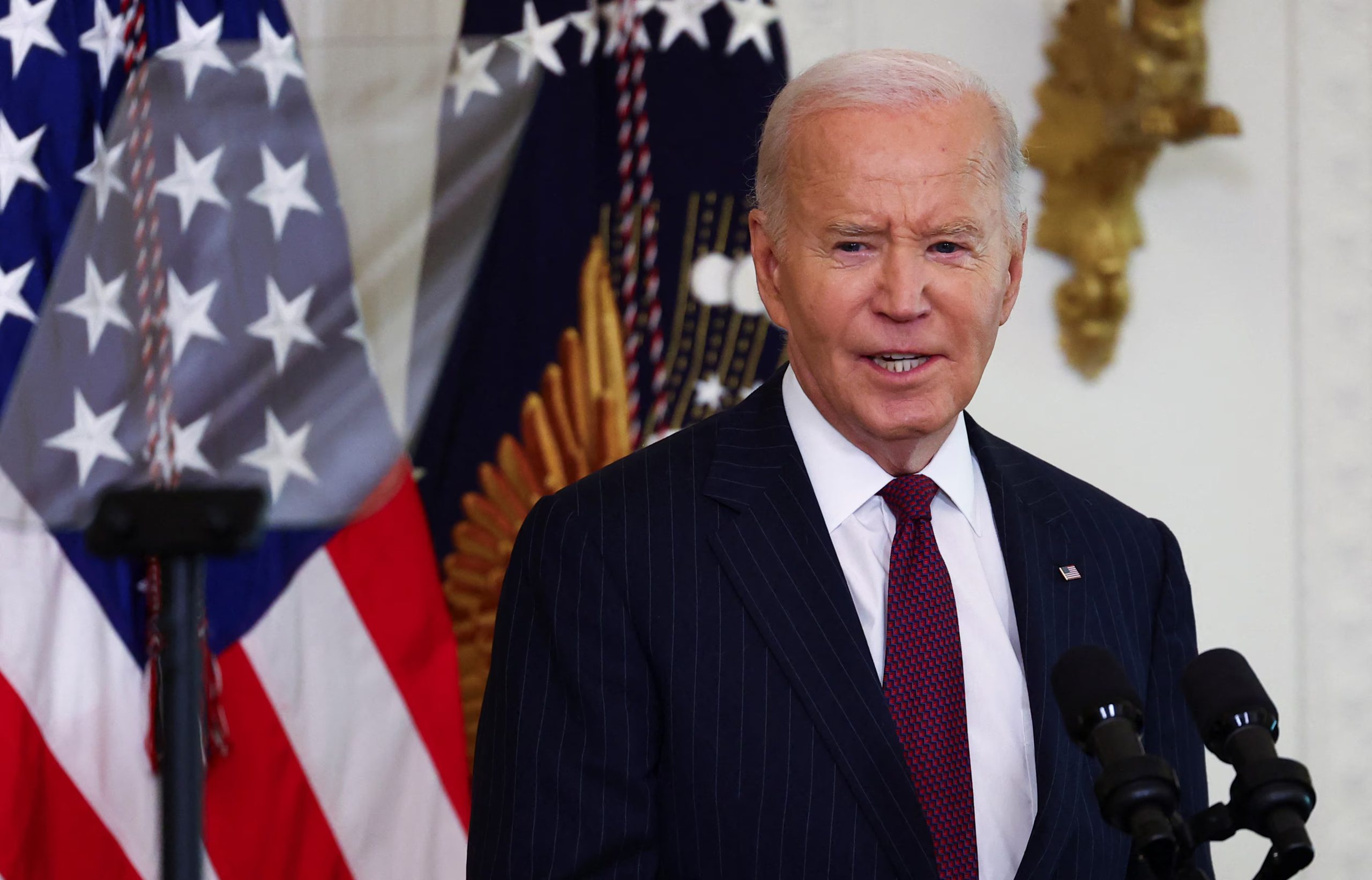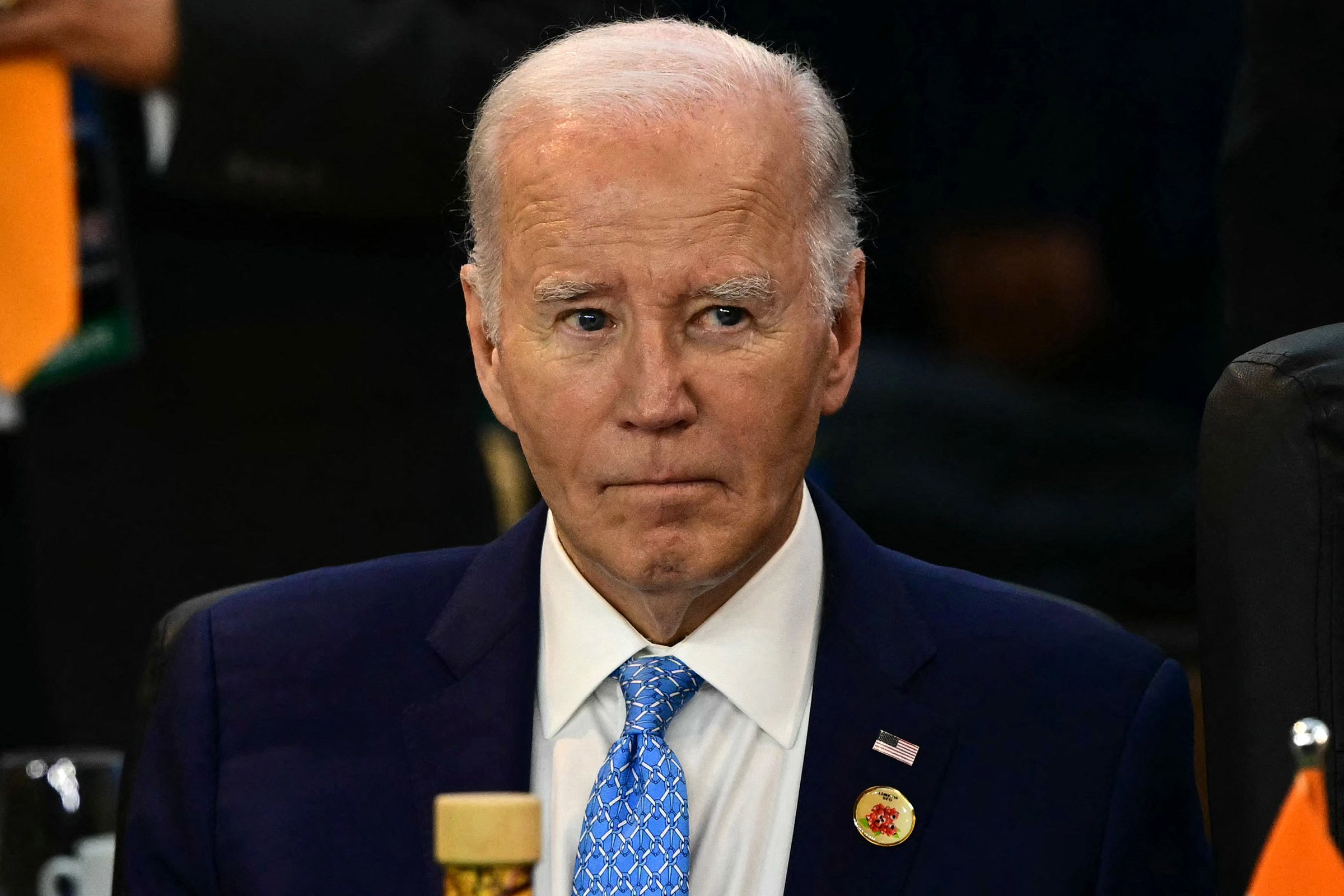President Biden’s decision to approve the shipment of U.S.-made anti-personnel mines to Ukraine marks a notable shift in policy and a significant escalation in the ongoing conflict with Russia. This move comes just weeks before President-elect Donald Trump’s inauguration and has drawn sharp criticism from various quarters.
Ukrainian officials have assured that the mines will only be deployed on Ukrainian territory and away from major population centers. Concerns persist, however, given the historical risks associated with such weapons, which often harm civilians long after hostilities end.
To address these concerns, the U.S. has emphasized the mines’ safety features, which include electronic fuses powered by batteries that deactivate the mines after a set time, reportedly lasting from hours to weeks. While these measures aim to reduce long-term risks, questions remain about their effectiveness in the chaos of war.
Biden’s approval of these mines came on the same day that Ukraine used U.S.-made ATACMs in strikes on Russian soil, breaking a previous restriction on such actions. These developments underscore the intensifying U.S. support for Ukraine amidst heightened hostilities.
The Biden administration’s decisions have drawn sharp criticism from President-elect Trump’s allies, with figures like Donald Trump Jr. accusing the administration of fueling war for profit. Critics have pointed to the increasing militarization of the conflict, with both the U.S. and European allies, such as Britain and France, authorizing advanced weaponry for Ukraine.

Biden Approves U.S. Anti-Personnel Mines for Ukraine Amid Escalating Conflict and Policy Criticism
Meanwhile, Russia has invited 10,000 North Korean soldiers to bolster its forces in the Kursk region, further escalating tensions. These actions have led to heightened scrutiny of U.S. involvement in the war and raised fears of a broader conflict.
In response to Russia’s updated nuclear doctrine, the Biden administration has sought to downplay the threats, dismissing them as consistent with the Kremlin’s past rhetoric. U.S. officials have stated there are no immediate changes to America’s nuclear posture in light of these developments.
However, the delivery of mines and approval of missile strikes signifies a deeper commitment to Ukraine’s defense, raising questions about the risks of prolonged engagement and the potential for unintended consequences.
As the conflict nears its two-year mark, Russia’s portrayal of Western military aid as direct participation in the war underscores the growing dangers of escalation. The recent revelations about a rejected peace proposal demanding Ukraine’s surrender further highlight the lack of progress toward a resolution.
While Ukrainian President Volodymyr Zelenskyy continues to rally international support, President-elect Trump has pledged to resolve the war swiftly upon taking office. The feasibility of such promises remains uncertain as the conflict continues to deepen, with no clear path to peace in sight.











































